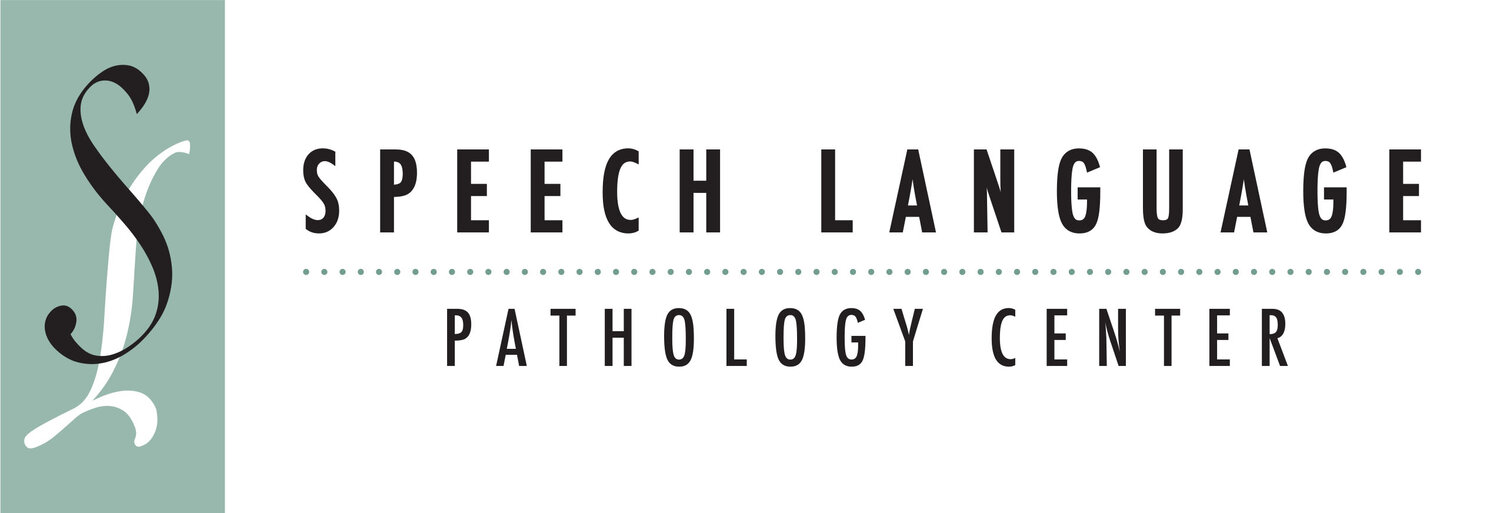In case you missed our last blog post, Better Hearing and Speech Month is in full swing! This year's theme is all about early detection and management of speech, language, and hearing difficulties. In keeping with the theme, today's blog post is about how to identify the signs of communication disorders and what you can do to help loved ones who may have these difficulties.
Resources
Image via kettlerusa.com
The American Speech-Language-Hearing Association (ASHA) has some helpful resources on typical speech and language development in children ages birth-5. Clickhere to learn more.
For older children (kindergarten through fifth grade), check out ASHA's milestones guide.
Are you concerned about your child's development, but unsure whether he or she is simply a late bloomer? This article may help!
For more information on understanding the signs of a communication disorder, check out ASHA's Identify the Signs campaign, geared toward both adults and parents of children who may be at risk.
Click here for more information from SLPC on development, feeding difficulties, and other resources.
What to Do Next
If you've determined that you or someone you love might have a communication disorder, you might feel overwhelmed at first. Speech-language pathologists are here to help you through the process! Although every clinic and school is different, here is a general outline of what might happen next:
- The first and most important thing to do is to contact a professional. Remember, speech, language, and hearing disorders are treatable, but it's important to start as soon as you realize there might be a problem!
- As you consider private speech, language, and hearing services, remember to contact your insurance provider to find out whether these services will becovered and how to add coverage if they aren't.
- When you find a speech-language pathologist (SLP) or audiologist, they will ask you questions to better understand your loved one's speech, language, or hearing difficulty. These questions might be related to family history of communication disorders, your child's development, or academic progress.
- After they've gotten a better understanding of the difficulties that are being experienced, the SLP or audiologist will schedule an evaluation. Many facilities, including the Speech Language Pathology Center, offer free speech and language screenings, which will identify the possibility of a problem before a full evaluation is set up.
- The SLP or audiologist will conduct a full evaluation, including standardized tests and informal assessment of your loved one's speech, language, hearing, and social skills. Evaluations typically last about 1.5 hours. After the evaluation, the service provider will explain the nature of the problem and recommendations for treatment. The SLP or audiologist will alsoanswer any questions you might have.
- If there is a need for therapy, the service provider will schedule regular therapy appointments with you. Just like any other skill, practice makes perfect, so it's important to attend therapy regularly and complete homework your therapist assigns!
Things to Remember
Image via cceionline.com
- Doctors and teachers can be great resources on child development. However, they see your child less frequently and in fewer settings than you do. If you feel there is a problem, but your doctor or other professional brushes it off, go with your gut!
- "Therapy" may sound like an intimidating word, but we SLPs have ways of making it lots of fun! For children, work is always incorporated into play. Most children love coming to therapy and are excited about working toward their goals!
- If you or a loved one has received a diagnosis that sounds scary, just remember that there are many organizations out there that exist to help caregivers. These include Autism Speaks, Apraxia Kids (CASANA), theArc, and the National Aphasia Association, just to name a few. For more, please visit ASHA's comprehensive list.
Thanks for reading! We hope you have gained knowledge about how to detect and treat communication disorders early on. For more information, visit us on Facebook or our website.






